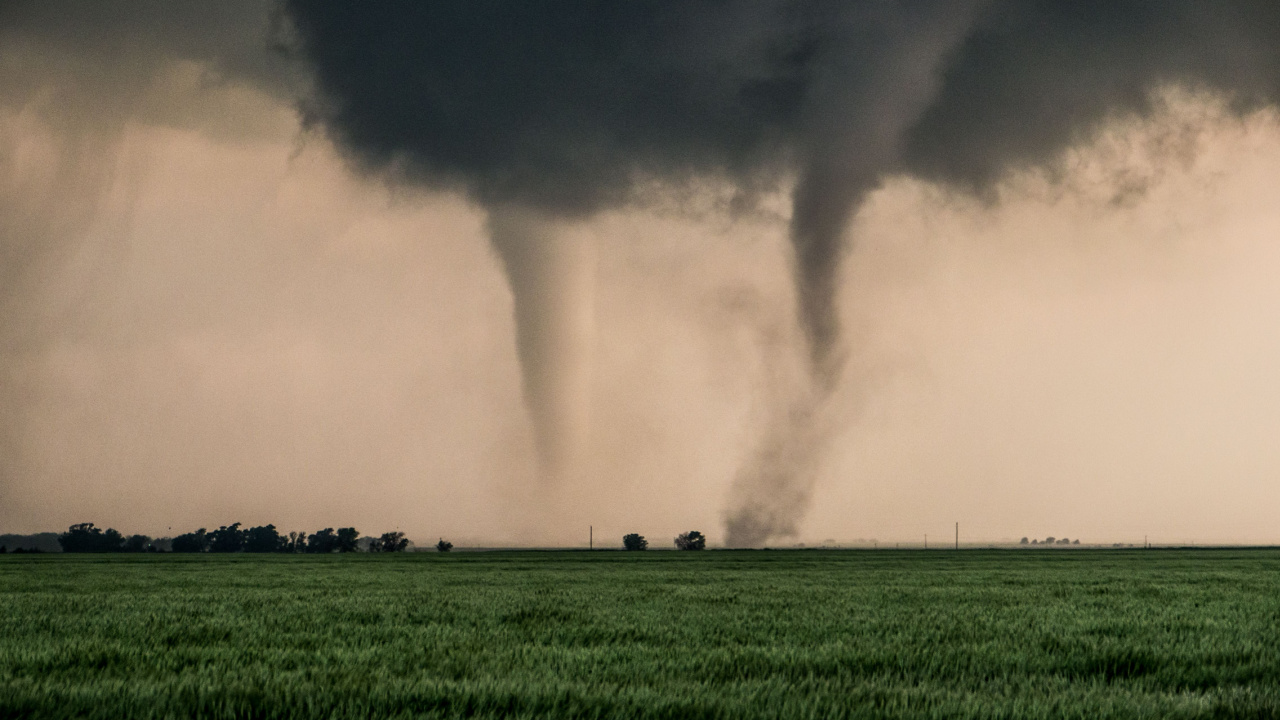Military terminology often punctuates TV shows, movies, documentaries, news, and conversations. Understanding these terms can serve many purposes, like becoming a bridge to effective communication with friends and family in the armed forces. Moreover, this knowledge can be useful for media consumption, giving it depth as you decipher the nuanced language that frequently shapes narratives on global affairs.
1. Reconnaissance

Reconnaissance, or “recon,” is the military practice of gathering information about an enemy’s activities. Specialized units conduct reconnaissance missions to observe, collect data, and analyze terrain. A reconnaissance team might stealthily survey an area before a more significant force moves in, providing crucial intel on enemy positions and strengths.
2. AAR

After Action Review (AAR) is a structured analysis conducted post-mission to evaluate performance and identify lessons learned. It involves a detailed discussion among team members, highlighting successes and areas for improvement. After a training exercise, soldiers participate in an AAR to assess tactics, communication, and overall effectiveness, enhancing future mission outcomes.
3. OPSEC

Operational Security, or OPSEC, is a vital concept aimed at safeguarding sensitive information to prevent adversaries from piecing together critical details. Whether planning a mission or sharing intelligence, military personnel employ OPSEC measures. For instance, discussing troop movements openly on social media could compromise operational security, emphasizing the need for discretion in communications.
4. FOB

A Forward Operating Base (FOB) is a strategically positioned military installation that supports tactical operations near the front lines. These bases serve as logistical hubs, providing troops with supplies and facilities. In Afghanistan, for example, FOBs played an essential role in sustaining military operations in remote and challenging terrains.
5. Hooah

“Hooah” is a spirited expression used in the U.S. Army to convey enthusiasm, motivation, or agreement. It is a versatile affirmation, meaning anything from approval to a can-do attitude. Soldiers may shout “Hooah!” in response to a commander’s directive or to boost morale during physically demanding training exercises.
6. MRE

An MRE, or Meal, Ready-to-Eat, is a self-contained, lightweight field ration designed for military use. Each MRE provides a complete, ready-to-eat meal, including an entrée, sides, dessert, and beverage. Soldiers rely on MREs during deployments or field exercises, ensuring a convenient and nutritionally balanced food source when traditional cooking is impractical or unavailable.
7. IED

An Improvised Explosive Device (IED) is a makeshift bomb crafted and deployed by non-professional insurgents. These devices pose a significant threat, often hidden in vehicles or along roadways. Military forces implement counter-IED measures to detect and neutralize them. Unfortunately, IEDs have been responsible for numerous casualties, making them a significant concern in modern asymmetric warfare.
8. CAS

Close Air Support (CAS) involves air assets directly supporting ground forces engaged in battle. Aircraft, such as fighter jets or attack helicopters, deliver precise strikes on enemy targets close to friendly troops. If ground forces encounter heavy resistance, they may call for CAS to suppress or eliminate threats, enhancing the effectiveness of combined arms operations.
9. DMZ

A Demilitarized Zone (DMZ) is where military forces are prohibited, often established as a buffer between conflicting nations. It aims to reduce the risk of hostilities and create a neutral space. The Korean Demilitarized Zone is a prominent example, serving as a boundary between North and South Korea, with restricted military activities to maintain regional stability.
10. AWOL

Have you ever heard of someone going AWOL (Absent Without Leave)? It refers to a military member’s unauthorized absence from their duty station. It is a disciplinary offense, indicating a breach of duty. Soldiers who fail to report for duty without permission are considered AWOL. The severity of consequences varies, ranging from reprimands to more severe disciplinary actions depending on the circumstances.
11. LZ

A Landing Zone (LZ) is a designated area for aircraft to land, typically used for troop insertions, resupply missions, or medical evacuations. Soldiers may secure an LZ before helicopters land to ensure a safe arrival. During a mission, a helicopter pilot might receive coordinates for an LZ where troops or supplies must be delivered quickly and safely.
12. CQB

Close Quarters Battle (CQB) involves combat in tight, confined spaces with short engagement distances. Specialized military units, like special forces or counter-terrorism teams, train for CQB scenarios. For example, clearing a building room by room or navigating urban environments requires specific tactics tailored to close quarters to swiftly and efficiently eliminate threats.
13. SITREP

A Situation Report, or SITREP, is a concise update providing essential information on the current status of a military unit or operation. Commanders use SITREPs to stay updated and make informed decisions. During a mission, a squad leader might submit a SITREP detailing the unit’s location, status, and significant developments to higher command.
14. SOP

A Standard Operating Procedure (SOP) is a set of established guidelines or rules explaining how specific tasks or operations should be executed within a military unit. These procedures ensure consistency, efficiency, and safety. An infantry unit could have SOPs for weapons maintenance, patrol formations, or response to enemy contact, providing a structured framework for day-to-day activities.
15. EOD

Explosive Ordnance Disposal (EOD) is the specialized field focused on identifying, neutralizing, and disposing of explosive devices. EOD technicians use various tools and techniques to handle explosives safely. For example, if an unexploded ordnance is discovered on the battlefield or in a civilian area, EOD teams are called in to assess and safely dispose of the threat.
16. PT

Physical Training (PT) in the military involves structured exercise routines to enhance overall fitness and combat readiness. Soldiers engage in PT sessions regularly, including cardiovascular workouts, strength training, and agility drills. A morning PT session may consist of running, calisthenics, and team-building exercises, ensuring soldiers maintain peak physical condition for operational effectiveness.
17. NCO

A Non-Commissioned Officer (NCO) is an enlisted military member with leadership responsibilities. NCOs typically hold ranks such as sergeant or corporal and play crucial roles in unit management, training, and discipline. Think of a squad leader, usually an NCO, guiding and overseeing the performance of a small group of soldiers during training exercises and missions.
18. UAV

An Unmanned Aerial Vehicle (UAV) is an aircraft operated without a human pilot on board. Military forces use UAVs for reconnaissance, surveillance, and even combat. A UAV equipped with cameras or sensors can provide real-time intelligence by flying over enemy territory, gathering information without risking the safety of a human pilot.
19. BDU

The Battle Dress Uniform (BDU) is the standard military uniform worn during combat or field training. BDUs are designed for durability and camouflage. Soldiers in woodland environments may wear camouflaged BDUs to blend with the surroundings, providing practical functionality and a standardized appearance for military personnel in operational settings.
20. POG

“POG” (Person Other Than Grunt) is a colloquial term referring to military personnel who serve in non-combat roles, contrasting with frontline infantry or “grunts.” POGs encompass different support and administrative roles. An example would be logistics, administration, or intelligence personnel, who may be humorously referred to as POGs, highlighting the distinction between combat and support functions within the military.
21. DOD

The Department of Defense (DOD) is the federal executive department responsible for coordinating and supervising all agencies and functions related to national security and the U.S. Armed Forces. The DOD oversees the Army, Navy, Air Force, and other defense agencies, ensuring a unified approach to military strategy, operations, and resource allocation.
22. CWO

A Chief Warrant Officer (CWO) is a high-ranking, specialized military officer typically serving in technical or leadership roles. CWOs provide expertise and guidance in their field. A CWO in aviation may be responsible for a unit’s aircraft’s technical proficiency and operational effectiveness, combining technical skills with leadership responsibilities within the military hierarchy.
23. MEDEVAC

Medical Evacuation (MEDEVAC) is the rapid and timely movement of injured or ill personnel from the battlefield to medical facilities for treatment. Dedicated aircraft and teams are employed for MEDEVAC missions. If a soldier sustains injuries in a combat zone, a MEDEVAC helicopter may be dispatched to evacuate them swiftly for urgent medical care, increasing the chances of recovery.
24. CASREP

A Casualty Report (CASREP) is a document detailing information about personnel or equipment losses sustained during military operations. It provides vital data for assessing the impact on unit readiness. If a vehicle is damaged in combat, a CASREP will outline the extent of the damage, the potential impact on mission capability, and any personnel casualties associated with the incident.
17 Most Devastating Tornadoes In History

Nature’s fury is terrifying, and tornadoes are among the most deadly natural phenomena. These 17 deadly tornadoes highlight nature’s power and the resilience of humans in the aftermath of such devastation.
24 Most Devastating Blizzards in US History

For preppers, understanding the power and impact of historic blizzards is key to being prepared for future winter emergencies. Each of these historic snowstorms teaches valuable lessons about resilience, planning, and survival. The more prepared we are, the better our chances of survival in an emergency scenario.
- Read More: 24 Most Devastating Blizzards in US History
23 Riskiest Cities To Be During a Power Grid Collapse
In a world where the stability of our power grid is increasingly under threat, knowing which urban areas to avoid during a blackout is crucial for any serious prepper. And which areas to escape as quickly as possible. When you’re making your survival plans, keep in mind that these are the places you don’t want to be.


